Predictions from 1970 finally confirmed
Scientists have shown that NMR parameters, commonly thought to be independent of magnetic field strength, are in fact directly and significantly affected by the higher field strength being used in modern high-precision NMR instruments.1
In recent years, developing NMR instruments with higher magnetic field strengths has been vital to enhance the sensitivity of this technique – higher field strengths give larger spin polarisation, leading to increased signal strength, sensitivity and resolution. Currently, the NMR community widely considers parameters such as nuclear shielding and spin coupling to be field-independent, and therefore they should remain constant even when using higher field strengths. Even though Nobel laureate Norman Ramsey predicted in 1970 that nuclear shielding (and consequently chemical shift) has some dependence on magnetic field strength,2 the historically tiny size of this effect has resulted in it being overlooked.
Now, using solvent-state 59Co NMR experiments with theoretical computations, researchers in Finland and Estonia have verified Ramsey’s predictions by measuring the direct magnetic field dependence of nuclear shielding and chemical shift. The team, led by Jukka Jokisaari from the University of Oulu, has shown that the magnitude of the field dependence in a Co(acac)3 complex corresponds to an experimentally significant and observable frequency shift in higher field strength instruments.
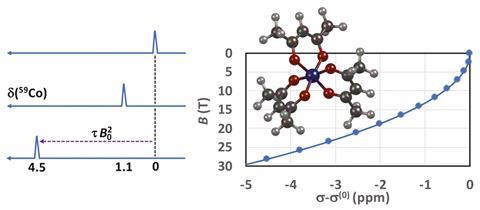
While it is widely known that magnetic fields partially orient molecules with an anisotropic magnetisability tensor, giving many parameters an indirect magnetic field dependence, the effect demonstrated here is different. Team member Juha Vaara says that ‘the field dependence studied in this work is caused by the direct modification of the electron cloud that takes place even in a fixed orientation of the molecule, or in an atom. For molecules, both indirect and direct effects take place simultaneously, and need to be carefully separated. The smaller the molecule, the more important the direct effect becomes.’ Additionally, NMR properties are sensitive to temperature. Importantly, the team took these complications into account while performing the experiments at four different field strengths; they proved that the indirect field dependence in this case is negligible and used 129Xe as a reference to eliminate the effects of temperature dependence.
‘As shown here, the experimental magnetic-field dependence is around -5.5ppbT-2 for the 59Co shielding tensor, which is, in principle, small,’ comments NMR parameter researcher Cláudio Tormena, from the University of Campinas in Brazil. ‘However, considering that magnetic field strengths are continuously increasing, small neglected effects could become an important source of information in the near future.’
Jokisaari’s team hopes that these results will make the NMR community aware of such effects influencing their high-field data. Additionally, team member Anu Kantola says that ‘direct field dependence may be used as a further window to molecular and materials properties, and in time, we expect to see specific experiments probing and making use of this.’
References
1 A M Kantola et al, Phys. Chem. Chem. Phys., 2020, DOI: 10.1039/d0cp01372b (This article is open access.)
2 N F Ramsey, Phys. Rev. A: At., Mol., Opt. Phys., 1970, 1, 1320 (DOI: 10.1103/PhysRevA.1.1320)
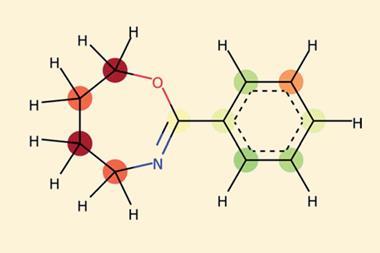
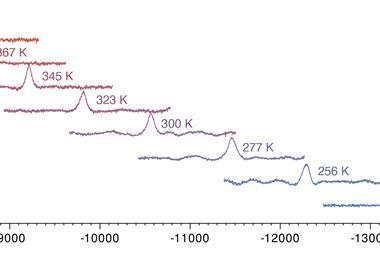
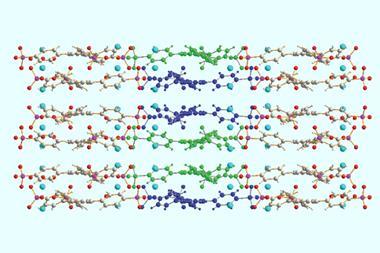


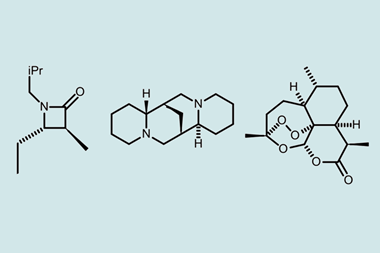






No comments yet